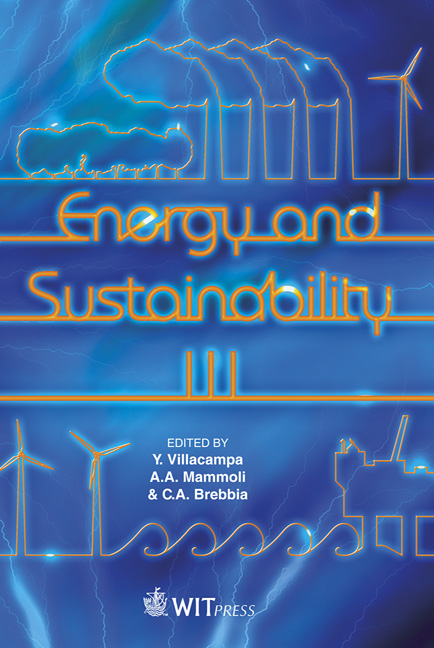High Yields Of Sugars Via The Non-enzymatic Hydrolysis Of Cellulose
Price
Free (open access)
Transaction
Volume
143
Pages
10
Page Range
87 - 96
Published
2011
Size
479 kb
Paper DOI
10.2495/ESUS110081
Copyright
WIT Press
Author(s)
V. Berberi, F. Turcotte, G. Lantagne, M. Chornet & J.-M. Lavoie
Abstract
Given the cost of cellulosics (quasi-homogeneous residual feeds range in North America, between $US 60–80/tonne, dry basis, FOB conversion plant) their fractionation and subsequent use of the intermediate fractions is a strategy that makes economic sense. Furthermore, it permits the isolation of cellulose with low contents of lignin and hemicellulose. Once the cellulose is isolated, its use as a chemically pulped fibre and the conversion of the fines into glucose becomes possible. Our group has been working on the chemical depolymerisation of the cellulose (both the fines and the fibres as well) using highly ionic solutions. The method implies recovery of both anions and cations by state of the art technologies. This paper presents the fractionation + ionic decrystallization and depolymerisation approach, provides and discusses its energy balance and compares it with the enzymatic route for hydrolysis in applications to < 40 MML Biofuels/y plants which correspond to < 100 000 t/y of input lignocellulosics, dry basis. Keywords: cellulose, hydrolysis, depolymerization, electrodialysis, biofuels. 1 Introduction In North America, residual forest and agricultural biomass cost actually 60-80$ US per dry tonne FOB. Such biomass could be considered chemically as quasihomogeneous since although it may contain the same macromolecules and metabolites (extractives, hemicelluloses, cellulose and lignin), the concentration
Keywords
cellulose, hydrolysis, depolymerization, electrodialysis, biofuels





